Coordination to effectively operate the "valve" of credit
 |
| Banking and finance expert, Dr. Nguyen Tri Hieu. |
How do you assess the current credit situation and capital flows in our country?
Vietnam's financial market is currently experiencing significant fluctuations. The World Bank has reported that the country's credit-to-GDP ratio has reached a record high of 124% of GDP, leading to potential risks for the banking system and the economy as a whole. One of the main concerns is the potential liquidity risk facing the banking system due to a lack of funds to pay back savings deposits. Additionally, many loans have medium and long-term terms, while people's deposits are mainly short-term, which can create imbalances and further exacerbating the situation.
Businesses are facing a difficult situation, with rising loan costs and tightened credit from banks. While the State Bank has attempted to address this issue by increasing the credit room for certain banks, many businesses are still unable to access bank capital, and are being denied loans or having their disbursements delayed, even if they are willing to pay higher interest rates. The restrictions on bank credit have also limited their ability to provide medium and long-term loans, due to regulations put in place by the State Bank of Vietnam. This has had a particularly negative impact on real estate businesses and long-term investment projects.
In addition, the government's interest rate support package of VND 40,000 billion for businesses has been slow to be implemented, and many enterprises have reported that they are unable to access this support or are not eligible for it. This lack of capital from traditional sources has also led to a freeze in the stock and bond markets, at a time when businesses are in desperate need of funding due to the prolonged economic downturn caused by the Covid-19 pandemic. With the end of the fiscal year approaching, businesses are in need of capital to boost production and end the year on a strong note, as well as to plan for the coming year.
The State Bank is managing credit through the credit room mechanism. In your opinion, how will this affect banking activities and businesses?
The State Bank of Vietnam (SBV) has two main objectives for its monetary policy: controlling inflation and stabilizing the value of the Vietnamese dong, as well as promoting economic development. As a result, controlling credit growth and the money entering circulation through lending activities of credit institutions is a crucial part of the SBV's monetary policy. The goal of keeping inflation below 4% means that the credit valve must be tightened, even though there is still room for credit growth. This lack of liquidity can lead to a race among banks to increase deposit interest rates in order to mobilize capital, followed by increases in lending rates.
The SBV uses a range of tools to manage monetary policy, including increasing operating interest rates and ceiling savings interest rates, reducing the credit room, widening the exchange rate trading band, and providing support to banks experiencing liquidity issues in order to stabilize the value of the dong, control inflation, and support banks and other economic sectors. However, these solutions to monetary policy can also hinder enterprises. In particular, importers are hit hard when the exchange rate rises by nearly 10%, in addition to import inflation, making the cost of imported goods very high and eroding profits. Businesses face a double whammy when they are unable to borrow from banks because many banks have reached their credit room limits, and the overall credit ceiling for the banking system is still maintained at 14%.
How should the above problems be solved, sir?
In order to address the challenges facing Vietnam's economy, closer coordination between the country's monetary and fiscal policies is necessary.
For instance, increasing the credit room for banks is the responsibility of the State Bank of Vietnam, but this must be coordinated with the Ministry of Finance. In addition to the SBV's own criteria, such as efficient operation, low non-performing loan ratios, and compliance, non-financial indicators such as banks with customers who contribute significantly to the national budget, employ many workers, or protect the environment should also be considered. On the other hand, the SBV should receive regular updates on individuals or organizations evading taxes from the Ministry of Finance in order to take appropriate measures and sanctions against banks that support such individuals or organizations.
Furthermore, the Ministry of Finance should expand its dialogue with people, businesses, domestic and foreign investors, in order to listen to and incorporate the opinions of a wide range of stakeholders. This will be key to solving the financial difficulties faced by businesses, investors, and economic sectors. In addition, if banks need liquidity support, the SBV can use a special lending mechanism with low interest rates and short terms. Banks offering high deposit rates should also be monitored by the SBV to prevent the interest rate race from becoming a risk to the economy.
Thank you very much!
Related News

Vietnam gears up for potential inflation impact in 2025
14:26 | 11/02/2025 Finance
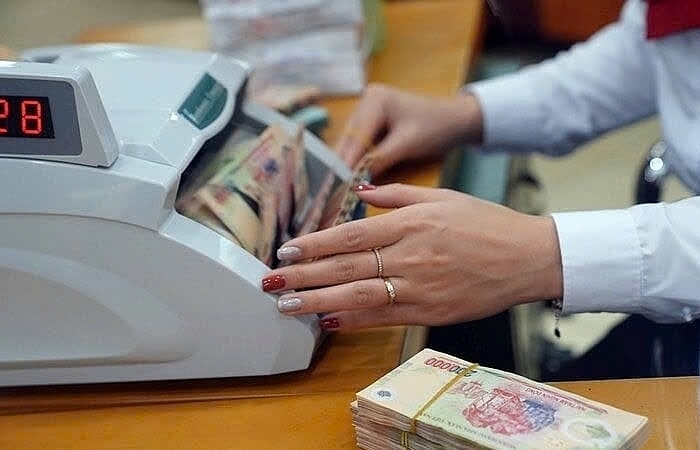
Slower mobilization than credit may put pressure on interest rates
09:02 | 24/12/2024 Finance
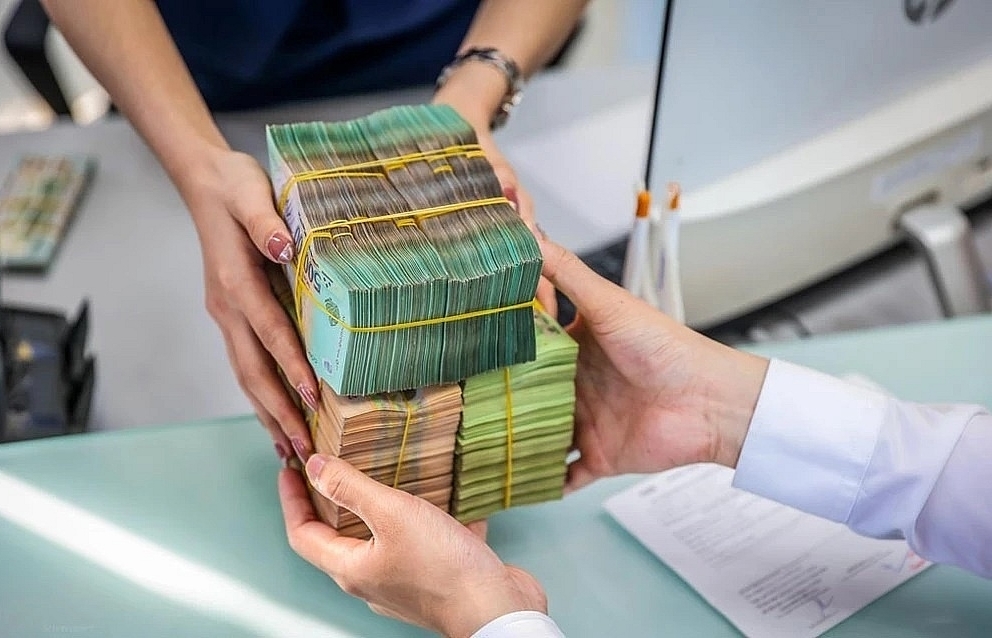
There is still room for credit growth at the end of the year
09:43 | 08/12/2024 Finance
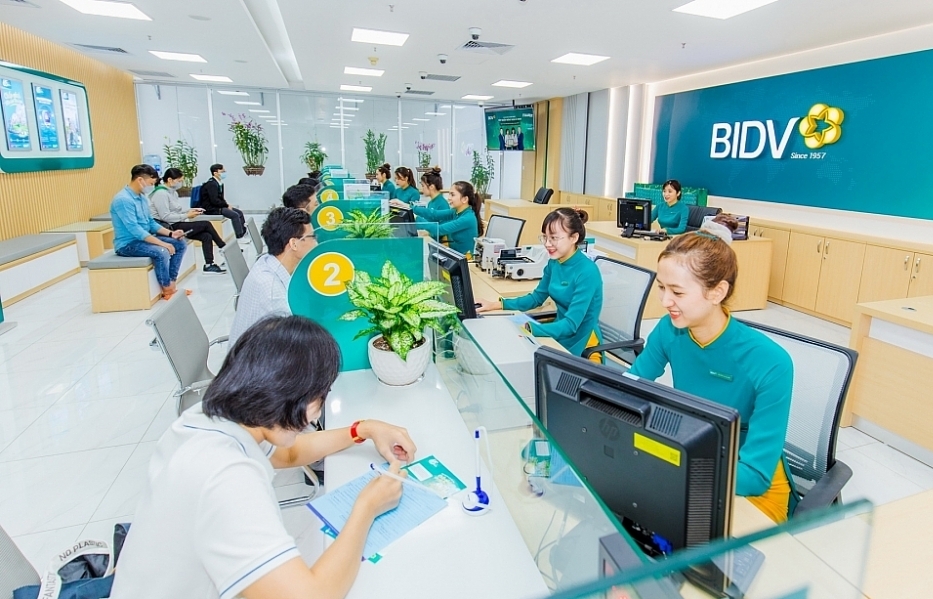
Bad debt at banks continues to rise in both amount and ratio
09:20 | 25/11/2024 Finance
Latest News

Embracing green exports: a pathway to enter global supply chains
10:33 | 20/02/2025 Import-Export

New policy proposed to prevent transfer pricing, tax evasion of FDI enterprises
10:32 | 20/02/2025 Import-Export

Việt Nam’s durian exports to China plummet by 80%
16:18 | 19/02/2025 Import-Export
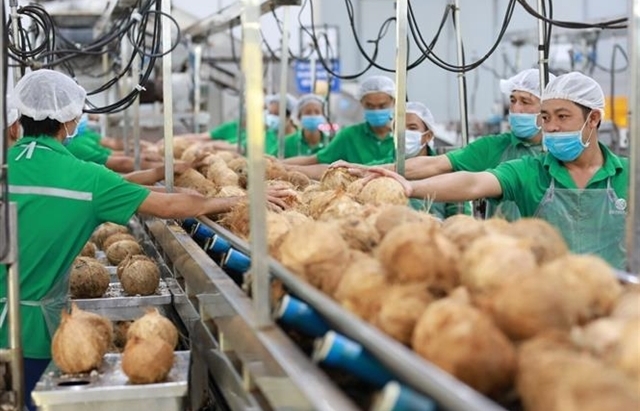
Coconut exports reach 14-year high
15:29 | 18/02/2025 Import-Export
More News

Shrimp exports grow in the first month of 2025
15:28 | 18/02/2025 Import-Export
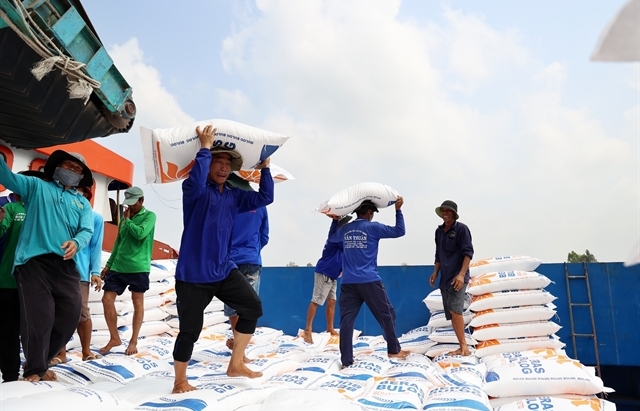
Rice export prices drop, but decline expected to be short-term
08:10 | 17/02/2025 Import-Export
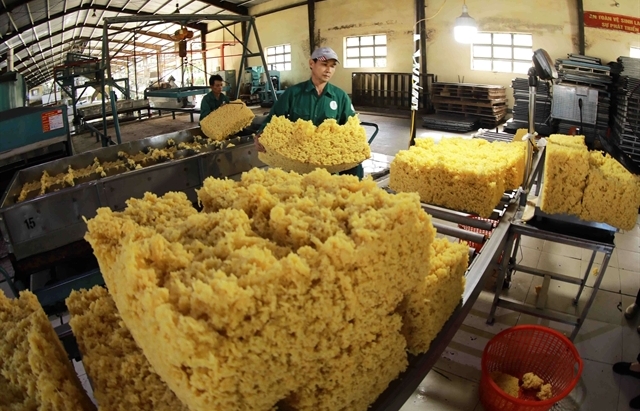
Key agro products expected to maintain export growth this year
08:08 | 17/02/2025 Import-Export

EU issues 12 warnings against Việt Nam’s food and agricultural exports
08:07 | 17/02/2025 Import-Export
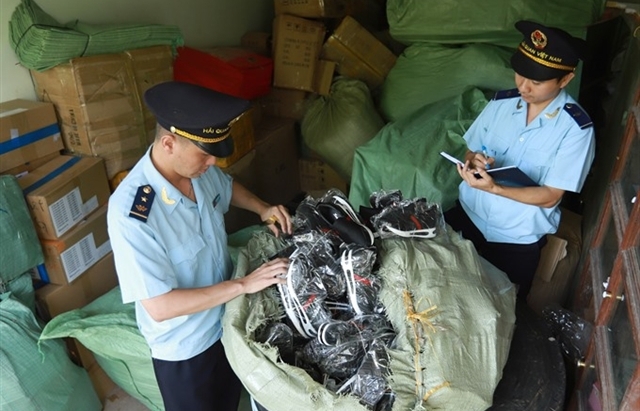
Việt Nam to impose VAT on low-value express-imported goods
08:06 | 17/02/2025 Import-Export

Exchange rate risks need attention in near future
16:31 | 15/02/2025 Import-Export
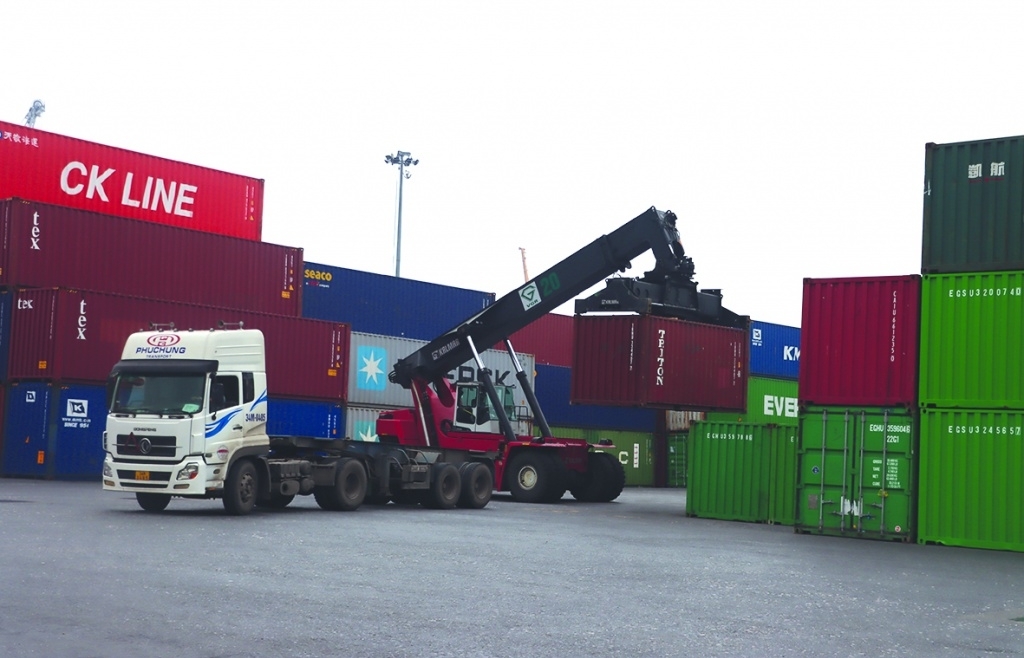
Vietnam kicked off the year with a strong start in trade, exceeding US$63 billion in the first month
16:30 | 15/02/2025 Import-Export

Import and export turnover reaches about US$29 billion in the second half of January 2025
14:52 | 14/02/2025 Import-Export

Market edges up slightly as liquidity remains low
14:48 | 14/02/2025 Import-Export
Your care
The system has not recorded your reading habits.
Please Login/Register so that the system can provide articles according to your reading needs.

Embracing green exports: a pathway to enter global supply chains
10:33 | 20/02/2025 Import-Export

New policy proposed to prevent transfer pricing, tax evasion of FDI enterprises
10:32 | 20/02/2025 Import-Export

Việt Nam’s durian exports to China plummet by 80%
16:18 | 19/02/2025 Import-Export

Coconut exports reach 14-year high
15:29 | 18/02/2025 Import-Export

Shrimp exports grow in the first month of 2025
15:28 | 18/02/2025 Import-Export
